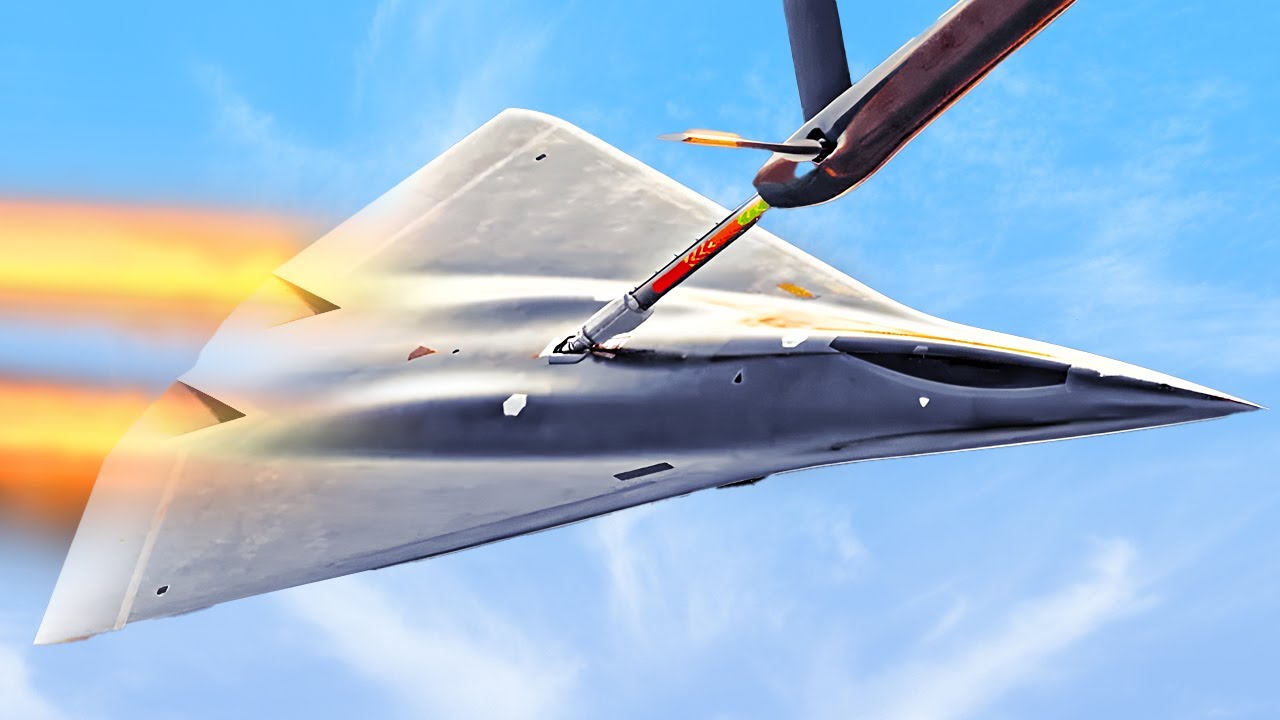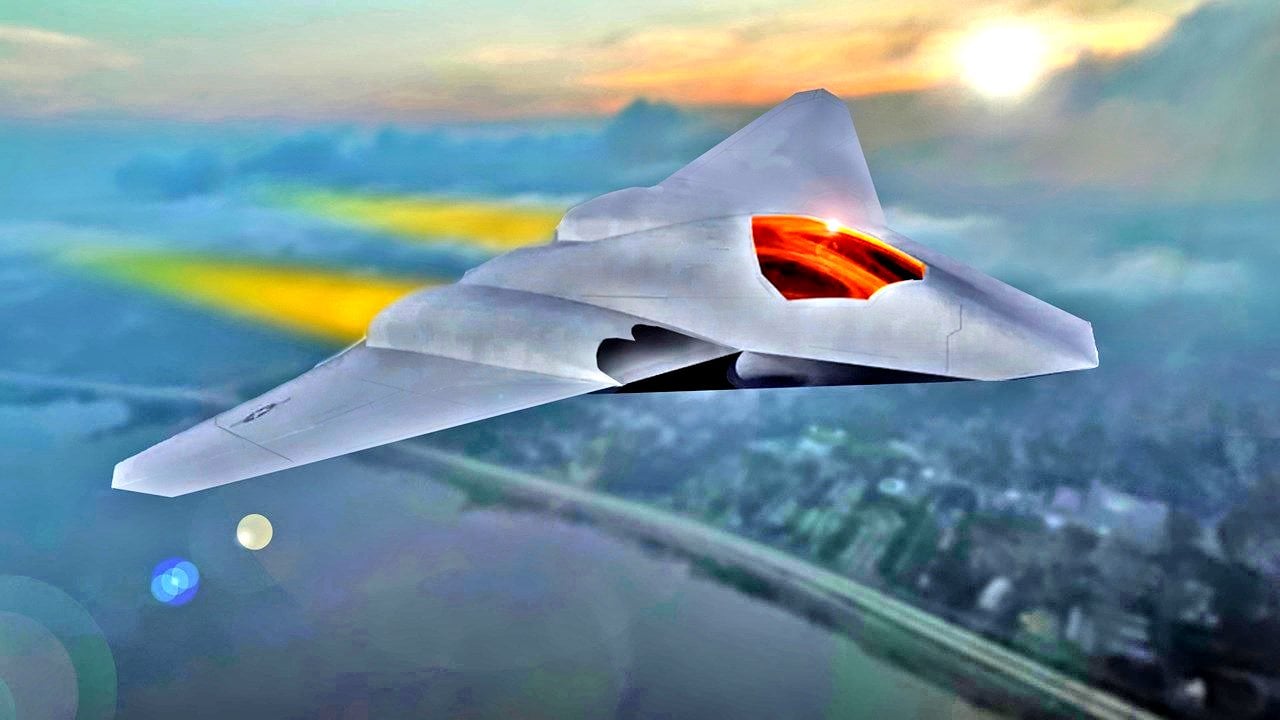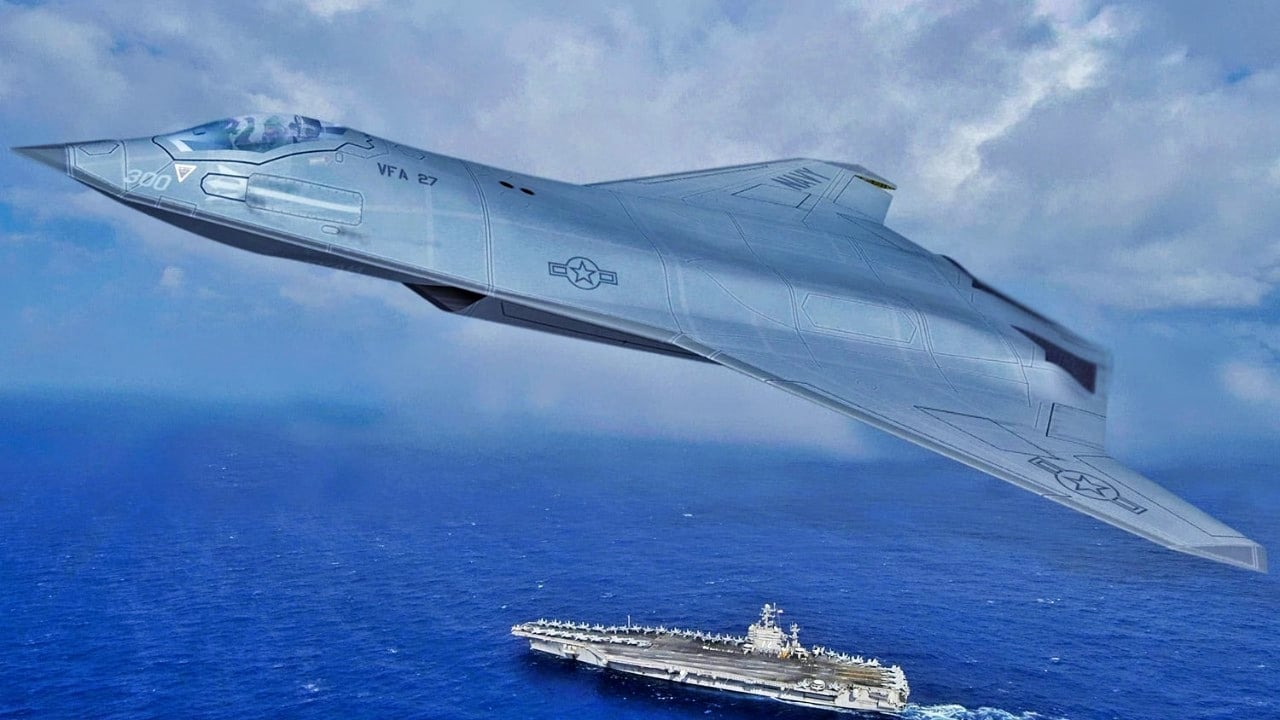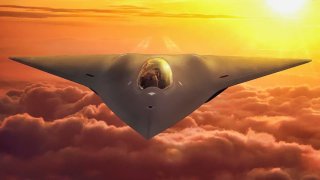The U.S. Air Force Has an NGAD Fighter 'Nightmare'
The U.S. Air Force's Next Generation Air Dominance (NGAD) program, initially envisioned as a "system of systems" incorporating sixth-generation fighters and unmanned aerial vehicles (UAVs), is facing reevaluation.
Summary and Key Points: The U.S. Air Force's Next Generation Air Dominance (NGAD) program, initially envisioned as a "system of systems" incorporating sixth-generation fighters and unmanned aerial vehicles (UAVs), is facing reevaluation.

-Advances in technology and potential costs are causing officials to reconsider whether developing such a costly aircraft is prudent.
-Air Force Chief of Staff General David Allvin suggested that the service might focus on human-machine teaming and Collaborative Combat Aircraft (CCAs) instead.
-The NGAD program, which could cost $28 billion over the next five years, is now under scrutiny, with potential shifts away from its original vision.
Future of U.S. Air Force's NGAD Program in Question
The United States Air Force's Next Generation Air Dominance (NGAD) program was intended to develop more than just a sixth-generation fighter – which could replace the Lockheed Martin F-22 Raptor and other older platforms – as it was touted to be a "system of systems." It was to have included unmanned aerial vehicles (UAVs) that operated as loyal wingmen that could support a manned or optionally-manned fighter.
The NGAD has been reported to be on track to enter service sometime in the 2030s – but now the entire program is in question. Advances in technology have U.S. Air Force officials second-guessing whether a costly aircraft that could take years to develop might be a good idea, as it could be outdated even before it formally enters service.
At the June 13 Air & Space Forces Association event, Air Force Chief of Staff General David Allvin was asked about the future of the NGAD, and he acknowledged that the air service is exploring its options.

"Well, we're going to have to make those choices, make those decisions across the landscape," Allvin told reporters, per a report from Break Defense. The Air Force chief added that the service may look towards opportunities to invest in human-machine teaming that could include Collaborative Combat Aircraft (CCAs).
Drone On..NGAD in Trouble?
The CCAs had been seen as a key component in the system of systems of NGAD, where the drones could support a manned fighter but perform other missions. Allvin further reaffirmed that the CCAs would be low-cost, and wouldn't be required to remain in service for 25 or 30 years.
"'Built to last' is a tremendous 20th-century bumper sticker, but the assumption was: whatever you had was relevant as long as it lasted. I'm not sure that's relevant anymore. So that's why we aren't building in a sustainment structure. 10 years after this, I'm hoping the technology will make it so that CCA won't be as relevant, but it might be adaptable, and that's what we're building into modularity and adaptability," Allvin continued.
The Air Force's NGAD has been in the spotlight in recent years, touted as one of the Pentagon's most high-profile programs. Yet, it would appear that the air service may see a need to pivot even as Lockheed Martin and Boeing have been named as the contractors possibly developing the manned fighter component.
According to Defense One, the U.S. Air Force is on track to invest upwards of $28 billion over the next five years toward the development of the NGAD and CCA programs, while the Air Force had previously indicated it would seek to purchase up to 200 NGAD fighters. Officials have also acknowledged that the future aircraft would likely be even more expensive than the fifth-generation Lockheed Martin F-35 Lightning II now in service.
More Six-Gen Questions on NGAD and F/A-XX
The U.S. Air Force isn't alone in pivoting away from a full-on commitment to develop a sixth-generation fighter. As previously reported the U.S. Navy has already cut $1 billion in funding from its fiscal year 2025 (FY25) budget proposal for its own NGAD – dubbed the F/A-XX – due to congressionally mandated funding caps.
The Navy's F/A-XX and Air Force's NGAD aircraft are different designs, as the U.S. Navy's fighter calls for it to operate from carriers – requiring that it has a stronger structure and landing gear compared to Air Force fighters.

The F/A-XX is intended to replace the Boeing F/A-18 Super Hornet and operate alongside the Lockheed Martin F-35C Lightning II.
Author Experience and Expertise: Peter Suciu
Peter Suciu is a Michigan-based writer. He has contributed to more than four dozen magazines, newspapers, and websites with over 3,200 published pieces over a twenty-year career in journalism. He regularly writes about military hardware, firearms history, cybersecurity, politics, and international affairs. Peter is also a Contributing Writer for Forbes and Clearance Jobs. You can follow him on Twitter: @PeterSuciu. You can email the author: [email protected].
Image Credit: Creative Commons.


